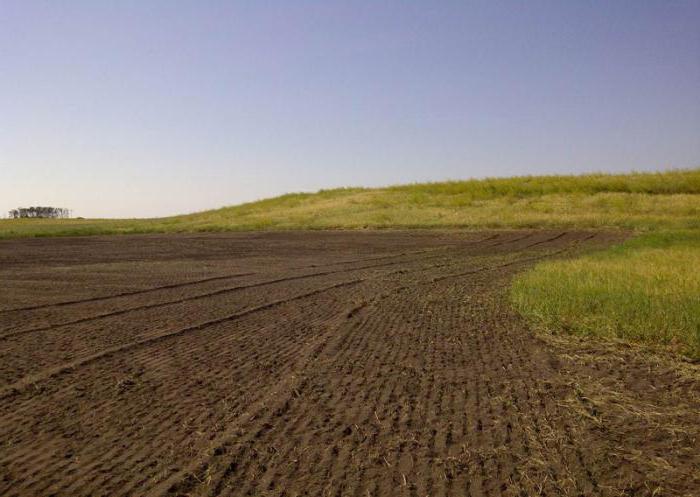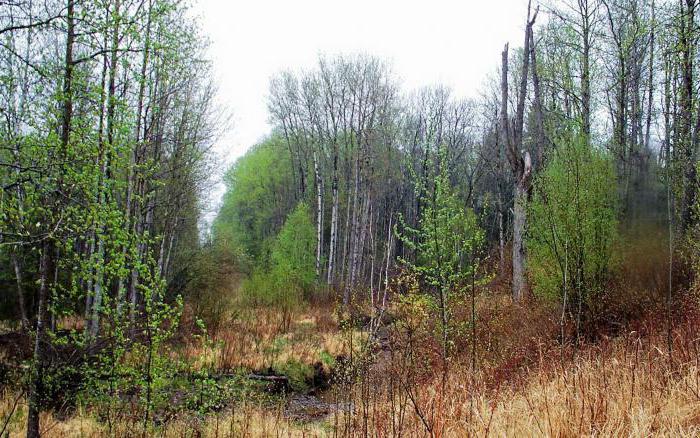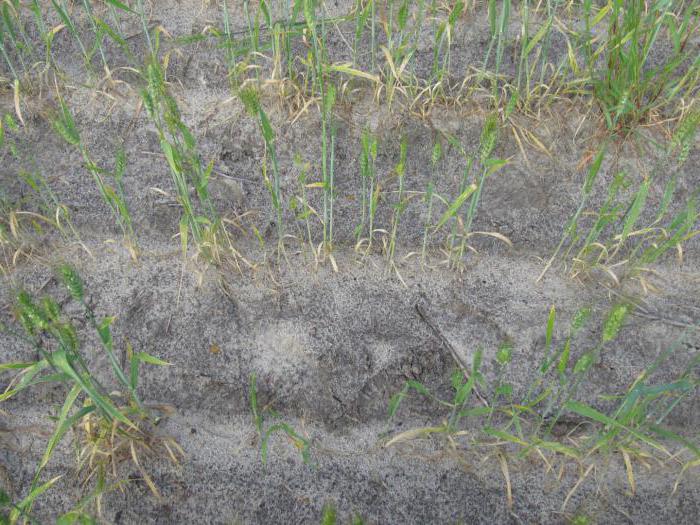The use of land for agricultural purposes does not lose relevance even in the age of high technology. However, the effective use of soil for growing cultivated plants is only possible provided that it meets the necessary agrotechnical characteristics. There are practically no lands that are initially ready to provide a high yield after sowing without appropriate preparation. Reclamation of agricultural land, during which the quality of the cultivated area improves, allows to achieve the optimal result during the operation of the soil. This is not only a direct increase in the productivity of the soil layer, but also on the rationalization of land from the point of view of further use for agricultural needs.
What is land reclamation?

Reclamation refers to a whole range of measures aimed at increasing land productivity in terms of yield growth. This is achieved through the use of organizational, technical and economic measures, as a result of which there is an improvement in soil properties. Moreover, there are different types of land reclamation that increase specific characteristics. This may be, for example, a set of measures to improve the soil layer, which has undergone excessive oxidation.
Reclamation operations are widespread not only in the professional agricultural sector, but also in the field of private gardening. For example, it can be a regular cultivation of a summer cottage or a garden. But in this case, an intensive and lasting impact on the earth is important, since land reclamation is a system of agricultural practices, the implementation of which fundamentally and for the better changes the state of the soil.
Land reclamation

This is one of the most common types of land reclamation works, which is used both in specialized farms and ordinary summer residents. Land reclamation involves improving soil conditions through water or air exposure. These measures are used in the processing of excessively moist, boggy, eroded, arid and washed away lands. In such cases, the main types of land reclamation are usually used, which normalize the water, thermal and nutritional regimes of the soil. The most popular varieties of irrigation and drainage include drainage, irrigation, anti-erosion, flood control and anti-mudflow measures. The prevalence of this area of agricultural prevention is due to the resources used. In particular, water and heat with air are the primary components on which soil productivity depends.
Agroforestry land reclamation
Activities of this type involve the use of soil-protective and water-regulating properties of the forest. In other words, agroforestry aims to provide protective barriers, the formation of which also occurs in different ways. For example, anti-erosion reclamation is agrotechnical measures aimed at protecting the soil from erosion by means of forest plantations. In this case, trees are planted in the areas of gullies, ravines, river banks, etc. Another area of agroforestry is field protection measures. In this case, it is supposed to provide protection from adverse factors of different origin. For example, from phenomena of anthropogenic, natural and technogenic nature.Land protection is also achieved through forest plantations, which are formed along the borders of agricultural plots.

Chemical land reclamation
Using chemical applications improves the mineral composition of the soil layer. But such measures should be carried out only in the case of unsuitable or initially unsuitable lands. In the process of chemical reclamation, elements harmful to vegetation are removed from the soil, and the earth is enriched with useful components. Various types of land reclamation of this type are used, among which liming, acidification and gypsum. The first option is used to enrich non-chernozemic lands with lime fertilizers. Gypsum supplements are used in solonetzes to reduce alkalinity in the soil. Land acidification is less commonly practiced, but in the case of tea cultivation, this reclamation method is most effective.
Thermal soil reclamation

This reclamation technique can be attributed to seasonal methods, since it is used mainly in winter. The main objective of such events is to ensure optimal thermal conditions for the soil. Work is underway before freezing in order to increase the temperature of the deep and surface layers, so that the roots of the plants receive protection from the cold passing through the soil. This is achieved in various ways, among which the introduction of mineral soil. Classical thermal reclamation is mulching, which is done by laying out compost on the ground. This is the simplest method of insulation, for which various materials can be used. Even in a small farm you can find raw materials for mulching - in particular, sawdust, shavings, leaves, litter, and other waste are used.
Cultural Reclamation
This type of treatment can be called superficial, since it does not imply an invasion of the soil structure and its chemical composition. As a rule, cultural-technical measures on the earth come down to ridding the area of foreign objects - it can be weeds, stones, stumps and other objects that become an obstacle to the direct use of land. Cleaning can be performed both manually and using special equipment. For example, cultural and technical land reclamation may include cultivating and sanding. Such work allows you to protect the soil from overgrowing with weeds and increase its resistance to pests.
Forest reclamation

Measures have already been noted that use forest plantations as a tool for soil protection. But this measure can be applied as an independent method of land reclamation. The fact is that artificial and natural forest belts are able to effectively regulate water flows. For this reason, lands in forests are practically not subject to erosion processes. This characteristic is especially appreciated in large agricultural enterprises and farms where a water-regulating component is required. We can say that forest reclamation is an auxiliary factor that allows us to create favorable hydraulic conditions for the soil on an ongoing basis.
What factors influence the choice of land improvement?

There are many aspects on the basis of which the application of a particular reclamation method is determined. First of all, this is the initial state of the soil. The same oxidation or liming operations are carried out only in cases where the earth requires additional nutrition or restoration against the background of a violation of the chemical balance. In other words, depending on the current situation, experts determine what types of land reclamation is appropriate to use in this case. External factors are no less important - the same presence of a forest belt and climatic conditions can add or adjust the choice of agricultural activities.An analysis of the needs for improving the operational properties of the soil is not without taking into account the features of future land use. For each culture, its own soil composition indicators are important.
Conclusion

Reclamation work cannot be called something new for agriculture. Perhaps this is one of the oldest human activities that cultivated the land and already in antiquity understood the importance of fertile soil. Another thing is that modern soil reclamation involves the use of technically advanced tools and special equipment. With the help of production units, agricultural workers perform irrigation, cultivation, chemical treatment, fertilizer and other activities. At the same time, there is still room for folk remedies, such as mulching, cultivation, clearing and all kinds of ways to protect the land cover from undesirable external influences.








